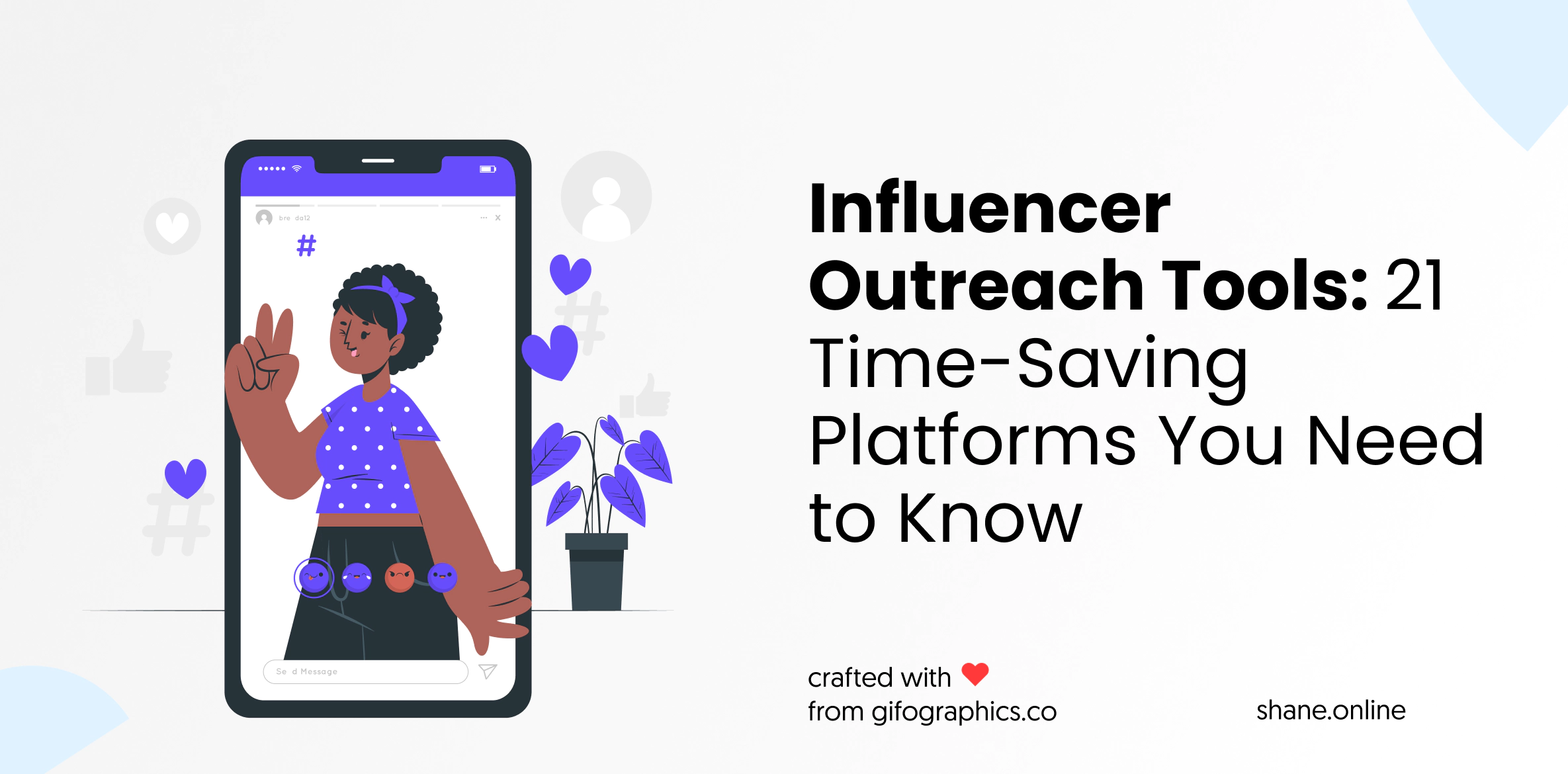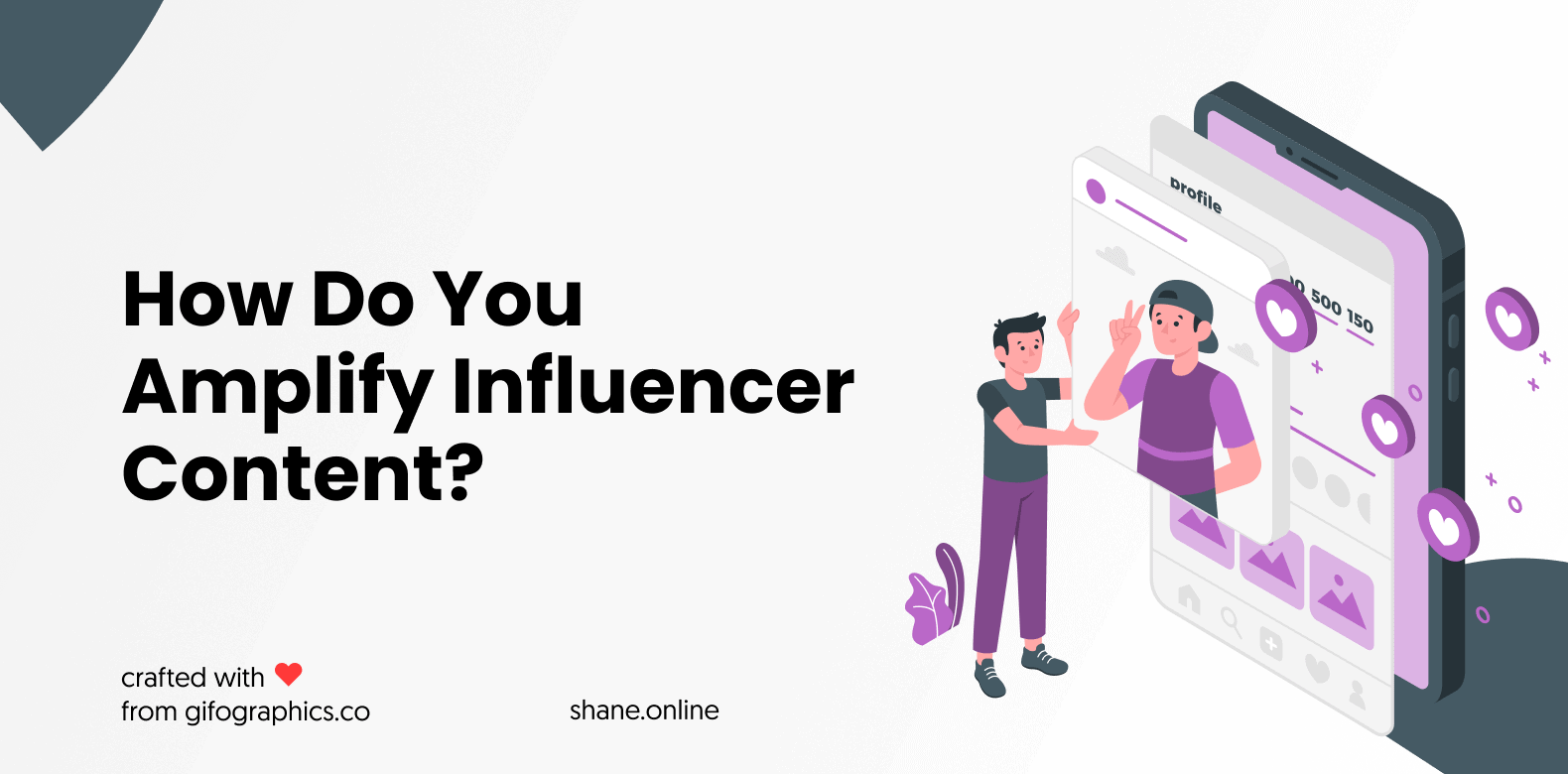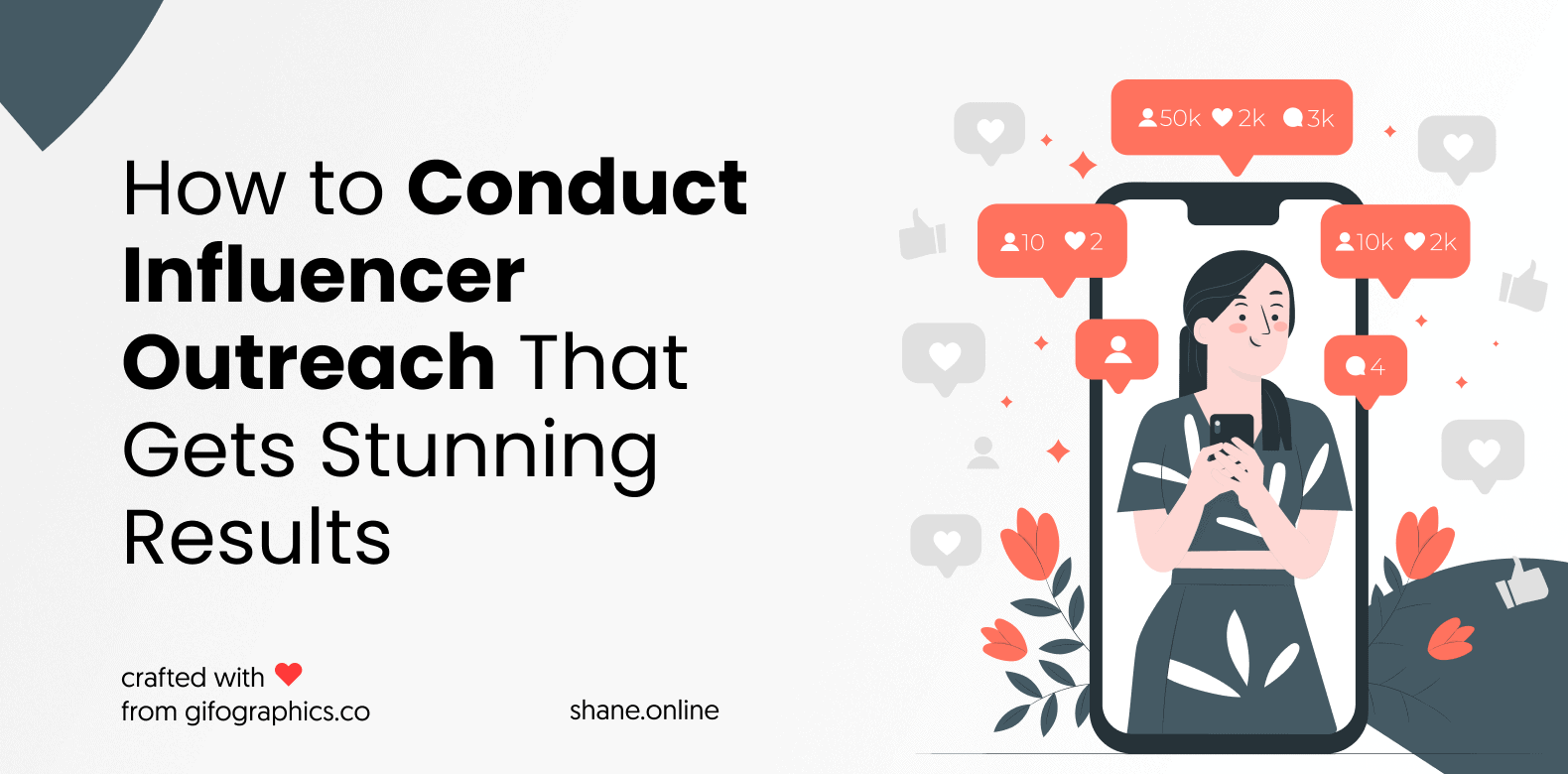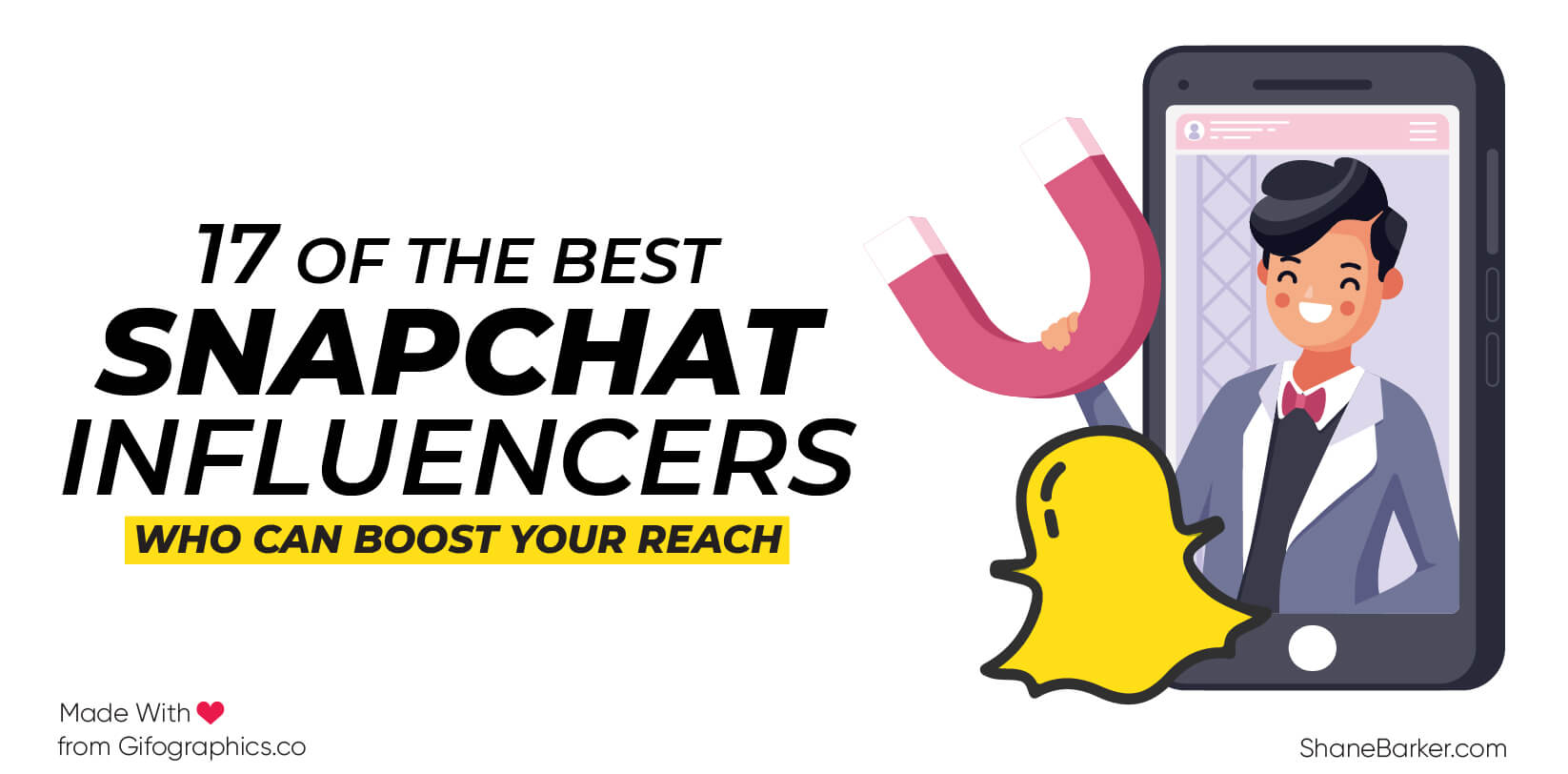Influencer marketing has garnered a lot of interest over the last few years. In fact, in the last three years, the number of Google searches for “influencer marketing” has increased by 1500%. This shows that the future of influencer marketing is ripe with opportunities.
As more brands become aware of the benefits of influencer marketing, they are willing to invest more money into it. Especially on social media.
Table of Contents
What To Expect From the Future of Influencer Marketing
A survey by Influencer Marketing Hub revealed that 63% of marketers intend to increase their influencer marketing budget this year.
So, it makes sense that influencer, and more generally, digital marketing is here to stay. But what does the future hold for influencer marketing? Just like all other marketing strategies, it’s bound to change with new technologies and trends.
Let’s take a look at a few changes in the industry that we can anticipate in the future.
1. Emergence of Influencer Networks
The future of influencer marketing is all about the collective. Instead of individuals, marketers may begin to group influencers based on whom they are associated with.
After all, it is about associating with the right people. This is typically done on social media.
When you partner with a social media influencer, your brand reputation grows based on how much authority they have. Likewise, an influencer’s reputation depends on which brands they endorse.
It’s like creating power centers of influence for each niche.
Each of the influence centers is linked to each other because many niches overlap. Take for example a brand that sells sunscreen lotion.
For such a brand, the obvious choice would be to reach out to influencers in the fashion, beauty, and lifestyle niches. However, they could also reach out to influencers in the travel and sports industry.
The future of influencer marketing places an emphasis on the interconnectedness of different niches, mostly on social media.
The influencers who possess the power to transfer ideas between different groups will be the most influential ones.
To evaluate influencer networks, brands may have to invest more time in influencer evaluation. Platforms like Afluencer will also make it easier for marketers and brands to find information about influencers.
On the platform, you can find social media profiles for each influencer. It also includes a list of the most notable followers for each influencer.
2. Emphasis on Micro-Influencers
Brands have begun to realize that sometimes less is more. The success of any influencer marketing campaign doesn’t solely ride on the number of social media followers.
Many influencers buy fake followers, so their engagement rate is low. On the contrary, micro-influencers have fewer social media followers but they work to maintain personal bonds with their target audience.
Therefore, their social media posts get higher engagement.
Unlike popular influencers who have a huge following on social media platforms, micro-influencers are more reasonably priced. Micro-influencers will rule influencer marketing in the future.
![the future of influencer marketing: 5 major predictions of [year] 1 instagram future of influencer marketing](https://shanebarker.com/wp-content/uploads/2019/06/Instagram-Future-of-Influencer-Marketing.png)
Coca-Cola is one of the many brands to have used this marketing strategy to promote their brand.
They partnered with micro-influencer, Yannick Merck, to showcase a cold Coke or their merchandise on his worldly travels.
As a Coke ambassador and content creator, he often shares photos on social media of himself holding a Coke can or wearing a Coke sweater.
3. Increase of In-House Influencer Programs
As more brands and marketing agencies realize the importance of collaborating with influencers, they are seeking new ways to work with them.
At the same time, they realize that building long-term associations with influencers is essential for better marketing.
That’s why influencer marketing lies in in-house influencer programs for the future. Instead of content distribution, in-house influencer marketing focuses on building relationships with people.
This arrangement also allows brands to work more closely with influencers.
![the future of influencer marketing: 5 major predictions of [year] 2 daniel instagram future of influencer marketing](https://shanebarker.com/wp-content/uploads/2019/06/Daniel-Instagram-Future-of-Influencer-Marketing.png)
Currently, Macy’s has one of the biggest in-house influencer programs for their employees. As a part of their program, Macy’s Style Crew, they have turned 300 employees into their brand ambassadors.
“We see this as developing a relationship with our employees. This gives them an incentive to be proud of Macy’s, to make some money, and to come to work more energized each day,” a Macy’s executive told Digiday.
As a part of the program, Macy’s employees receive a commission for each sale made. When employees are accepted into the program, they get access to most of the store’s products for free.
Because the program has been a huge success, Macy’s is looking to make it bigger this year.
In-house influencers bring loyalty and a sense of relatability that other influencers can’t match. Therefore, their endorsements seem more authentic and genuine.
These are the qualities that will shape the future of influencer marketing.
4. Stricter Guidelines For Advertising
In the past, influencer marketing got a bad reputation for being unethical and immoral. Taking note of the unfair practices in the industry, the Federal Trade Commission sent out official warning letters.
The FTC also issued guidelines to protect the best interests of consumers. These guidelines make it mandatory for influencers to disclose their relationships with brands.
When an influencer receives a product for free or they are writing a paid review, they need to disclose it. Because of this, it’s common to see influencers using #paid and #sponsored on their posts.
The process of making policies to make influencer marketing more transparent has already begun. In the future, influencer marketing will focus more on keeping the trust of consumers high.
So, we can expect stricter guidelines for influencer marketing.
5. The Rise of CGI Influencers
The entry of CGI influencers into the influencer marketing industry has changed the way brands view collaborations.
For the uninitiated, CGI influencers are social media influencers who are created with the help of artificial intelligence and computer-generated imagery.
Manufactured in the virtual world, programmers and designers work for hours to create each scene from a CGI influencer’s life. On their social media channels, CGI influencers can be seen posing at exotic locations.
![the future of influencer marketing: 5 major predictions of [year] 3 lil miquela instagram future of influencer marketing](https://shanebarker.com/wp-content/uploads/2019/06/Lil-Miquela-Instagram-Future-of-Influencer-Marketing.png)
Riding in on the curiosity that CGI influencers evoke, many luxury brands have started collaborating with these social media influencers.
Lil Miquela, one of the most popular CGI influencers on social media, has already partnered with Calvin Klein, Diesel, and Prada.
Similarly, Shudu, another CGI influencer, has modeled for Fenty Beauty, Balmain, and had also been featured in Cosmopolitan magazine and Vogue Australia.
CGI influencers are becoming increasingly popular for brands because they allow brands to completely control how their products are advertised.
The unpredictability that comes with real-life social media influencers can be avoided.
So, where is the future going with CGI influencers? Adam Rivetz, the co-founder of the influencer marketing company #paid, has an interesting take on the future of influencer marketing.
He believes that social media influencers will use CGI technology to create their digital avatars.
“They could make a duplicate version where it’s like, ‘This is my real-life feed where I post certain things, but then here’s my avatar of myself where maybe I work with different brands or do more risqué things,’” Rivetz said in an interview.
He added that we might get to see games, apps, and even social media sites involving CGI influencers.
Emily Groom, accredited with the creation of CGI influencer, Lil Wavi, is also optimistic about the future of influencer marketing.
“Soon we’ll see digital models walk down the runway through holograms as we dig way deeper into the future. There’s so much potential and I’m excited to see where it goes,” she told VICE.
FAQ
Q1. What is the future of influencer marketing?
A. With current conditions prevailing, influencer marketing looks promising for the foreseeable future. Brands/influencers can expect the following trends and prepare for them:
- More micro-influencers and nano-influencers
- Growth of influencer networks, especially on social media
- Emphasis on in-house influencer marketing programs
- Stricter FTC regulations for advertisers
- Emergence of more CGI (computer-generated imagery) influencers
Q2. Why influencer marketing is the future?
A. As modern consumers become more and more averse to traditional advertising, influencer marketing emerges as a promising advertising channel.
Social media influencers can deliver multiple benefits to brands in the form of enhanced visibility, engagement, credibility, and revenue.
Moreover, they turn out to be more cost-effective than paid advertising, trade shows, and exhibitions.
As the influencer industry becomes more regulated and streamlined, more brands are making it the mainstay of their marketing by formulating always-on campaigns.
All in all, the influencer marketing industry is ripe with opportunities for those who are ready to adapt quickly to the evolving industry standards and trends.
Q3. Does influencer marketing still work?
A. When done well, influencer marketing can provide brands with an ROI of $5.20 per $1 spend, which can go up to $11 as marketing budgets expand.
On top of that, brands can boost their visibility, brand reputation, and credibility by collaborating with relevant influencers in their niche.
Influencers can drive sales by writing product reviews, recommending products, and sharing discounts with their fans and social media followers.
Plus, the investment in influencer campaigns is negligible as compared to paid advertising. Overall, influencer marketing is an effective advertising strategy for brands of all sizes and scopes.
Q4. Is it worth it to be an influencer?
A. Influencer earnings vary with industries, follower sizes, and engagement numbers. On average, influencers can earn $30K to $100K yearly in the fashion, apparel, and health industries.
Macro-influencers and celebrity influencers can make up to $250K per sponsored post.
Q5. Can you still become an influencer in 2024?
A. Yes, you can become an influencer in 2024. To do so, you need to cultivate substantial followership and engagement from your target audience on your target platforms and social media.
You will need content creation that is unique and authoritative, and a media kit with all of your account credentials.
You can network with reputable influencers and engage in relevant user groups to gain visibility and new followers.
Q6. Is being an influencer a real job?
A. You can think of being an influencer as a business, not a regular job. That’s because your returns are directly proportional to the efforts and investment you put into your business as a content creator.
You don’t really get an assured income unless you earn long-term retainers from brands.
Q7. Why do influencers get paid so much?
A. Influencers have become invaluable advertising partners for brands. Owing to their goodwill, credibility, and authenticity, they have greater marketing potential than promotional ads.
Consumers are susceptible to influencers’ charm, and brands have started recognizing the power of influencers.
They are being paid amounts corresponding to their effort, engagement numbers, experience, and followership.
Q8. Is it hard to become an influencer?
A. The influencer world is competitive and saturated. You need to be unique in your approach and content in order to stand out. You need to deliver high-value and creative content on a regular basis to stay in the public eye.
Not only that, but you need to be on top of the fast-evolving trends in the influencer industry and adhere to the FTC regulations at the same time.
Q9. Do influencers actually make money?
A. High-tier influencers can earn to the tune of $250K per sponsored post. Averagely, micro-influencers can earn anything between $30K to $100K yearly.
Smaller influencers can choose to be compensated by free products/services and exclusive deals.
Apart from followership, another factor that impacts influencer earnings is the industry they work in. Currently, the apparel, health, and fashion industries are the highest-paying.
Ready for the Future of Influencer Marketing?
Whether these predictions come to fruition or not, it’s for sure that influencer marketing is ripe with opportunities for the future.
Brands will need to adapt to the changing trends and strategies to stay relevant in the influencer marketing industry in the future.
Which trends do you think will shape the future of influencer marketing? Please share your views in the comments section below.





![how to become an influencer in [year] [a beginner’s guide] 11 how to become an influencer [a beginner’s guide]](https://shanebarker.com/wp-content/uploads/2020/03/How-to-Become-an-Influencer-A-Beginners-Guide.jpg)
![40+ top influencer marketing agencies in [year] 12 40+ top influencer marketing agencies in 2022](https://shanebarker.com/wp-content/uploads/2021/12/Blog-The-Best-Influencer-Marketing-Agency-Top-40.webp)

Very interesting and different ideas you have put up in this article. Thank you for adding to our knowledge with these insightful points and everything is explained really well.